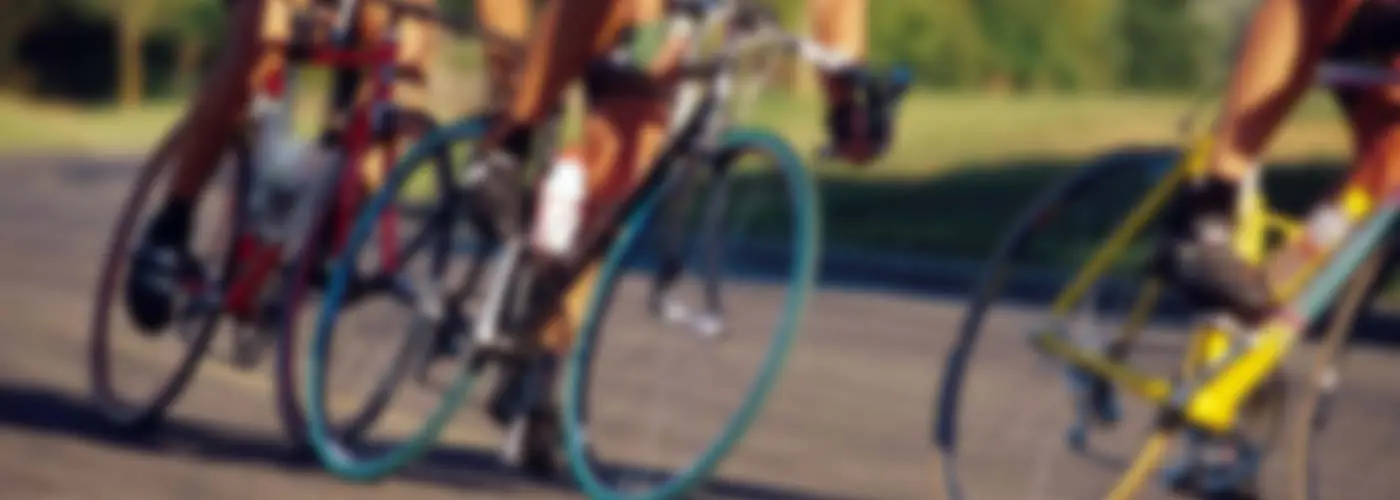The Hamley Method
How: Stand straight against the wall. Hold a book or other object between your legs that's roughly the same width as the front of your saddle. Measure from the top of the object to the floor to calculate your inseam length.Measure the inseam several times and take an average of your measurements. Add an additional 9 percent of the total (109 percent of inseam length). Use this measurement to calculate seat height from the pedal axle to the top of the saddle.
Pros: A study conducted by Professor Peveler and his colleagues in the Journal of Exercise Physiology found that this method was accurate at achieving an angle between 25 and 35 degrees of knee flexion 67 percent of the time. Minimal tools are required for the test and it has been the method of choice of cycling coaches for many years.
Cons: The Peveler study determined that this method might not provide the optimal position for power output.
The LeMond Method
How: Calculate inseam length just as you would in the Hamley method. Take 88.3 percent of this number. This is your seat height from the bottom bracket to the top of the seat, measuring along the angle of the seat tube.Pros: This measurement will be slightly different from the Hamely method. Peveler's study has shown that it's almost as accurate (65 percent) as the Hamley method in producing knee flexion angles between 25 and 35 percent.
Cons: While some prefer this method to the Hamely, it doesn't take into account the length of the crank arm. Because of this, saddle height usually ends up slightly lower than recommended.
The Holmes Method
How: Place the bike in a stand or indoor trainer. With your cycling shoes on, rotate the pedal to bottom dead center (six o'clock). Have a partner use a goniometer to measure flexion in the knee joint.Pros: You'll get an accurate measurement of knee flexion with this method and can adjust accordingly.
Cons: A goniometer will cost you a little money, and while it's not difficult, you'll need to know how to use it, which will require some basic knowledge of human anatomy.
More: How to Choose the Perfect Bike Saddle
Conclusion
There's no one method that will ensure correct seat height. The most accurate method according to Peveler's study is the Holmes method. There's less room for error and it accounts for individual differences in anatomy.The trick is finding the degree of knee flexion that works best for you. Peveler found that a seat height at 25 degrees of knee flexion was the optimal position for power output and comfort, especially for those cyclists with a history of patellar tendonitis.
However, this may or may not be the position for you. Start at a position of 25-degree knee flexion and adjust as needed, depending on your level of comfort. Make sure to stay within the 25 to 35 degrees of knee flexion range to avoid overuse injuries and to get the most power out of your pedal stroke.
READ THIS NEXT: What to Expect When Getting a Bike Fit
- 2
- of
- 2









Discuss This Article